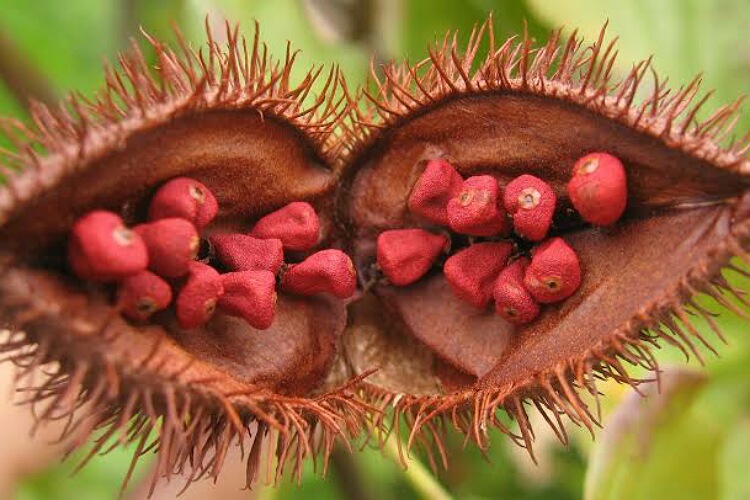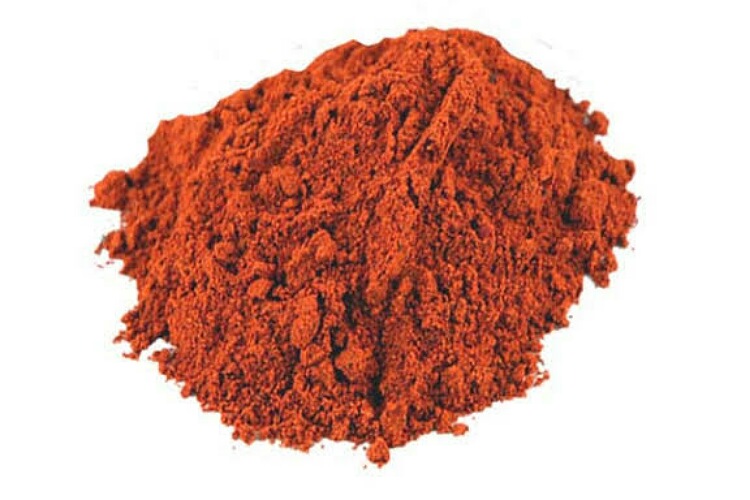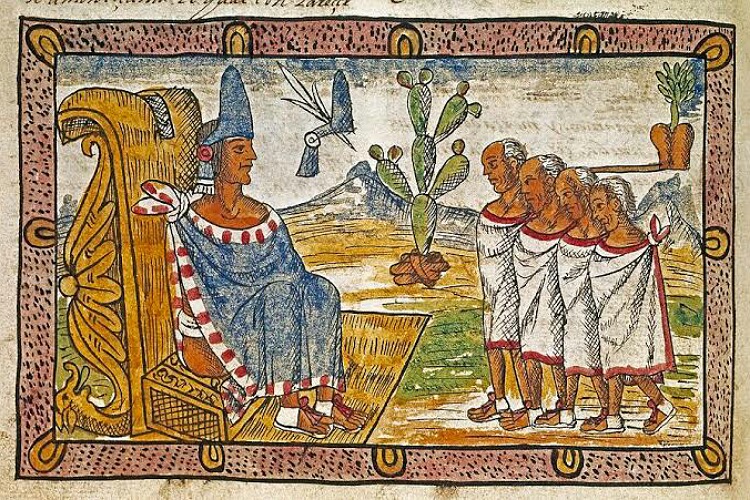Annatto seeds are seeds of the achiote tree native in North America. What are its uses? Does it have any nutritional value? What are its benefits for health?
Annatto seeds and its uses
Annatto seeds are seeds that are from the plant called achiote or Bixa orellana. This is abundant in North America. The seeds are reddish in color. When ground, they yield orange red powder. This is used as a condiment and also to impart color to food dishes. It is a safe food coloring agent. Additionally, often people use it for its aroma and flavor. The aroma is peppery with some smell of nutmeg. While the flavor is sweet, peppery and mildly nutty.

The color of the seeds are due to its constituents, carotenoids mainly bixin and norbixin. Bixin imparts an orange color while norbixin gives the product a yellowish shade. These pigments lie in the outer waxy red layer of the seeds. The color comes on grinding the seed or making a paste of the powder. The color seeps out when the seed is boiled in hot water, lard, or oil.
Annatto is a natural coloring agent. But there have been rare instances when people who consumed products colored with this pigment develop allergies due to it. Being natural, US FDA has exempt it from the need of certification. This coloring agent is especially used in countries of Latin America, Jamaica, Chamarro country, Belize in Central America, Vietnam, and Philippines.
Health benefits
Used to color traditional Spanish rice, these seeds are a healthy addition to foods. They are not the same as paprika but can be used interchangeably. These seeds have an abundance of tocotrienol, that is a form of vitamin E. Besides this, they also contain a lot of antioxidants. These are particularly useful to prevent cellular damage, cancer, chronic diseases, and changes in skin cells. Annatto seeds are also rich in calcium, iron, and sodium.

These seeds help in the digestive process of the body. They give an aroma to foods and enhance their flavor. The seeds are good for diabetic management and help in strengthening the bones and keeping them healthy. These seeds also have the capacity to reduce the signs of aging.
Companies use it on a commercial basis to enhance colors of foods such as waffles made of sprouted grains, sausages, butter, dairy spreads, cakes, custards, snacks, potatoes, smoked fish, other baked foods, and breakfast cereals.
History of the annatto tree
Originally, the annatto tree was grown in the tropical regions from Mexico to Brazil. At that time, it had no culinary use. Their use included in religious rituals and for body paint decorations. This was common in the tribal communities such as the Wari tribe of Brazil. Later, people realized its usefulness as an insect repellant, as sunscreen and for other medical purposes. In the 16th century, people used it for Mexican manuscript painting.

Its culinary use was common in Latin America, the Caribbean region, Philippines, and other countries that Portuguese and Spanish invaders colonized. Men in Ecuador use it to color their hair.
Read more: Watermelon seeds: Health benefits and nutrition!
When used in foods and taken orally, it is generally safe. But in 1978, a study of 61 patients with long duration hives and angioedema were studied. Out of these 61 patients, in 56 annatto seeds extract provoked an allergy even when they were on an elimination diet. Hence though rare allergic reaction does occur with these seeds. But it is not in the major 8 substances that cause allergy in 90% of the cases.
